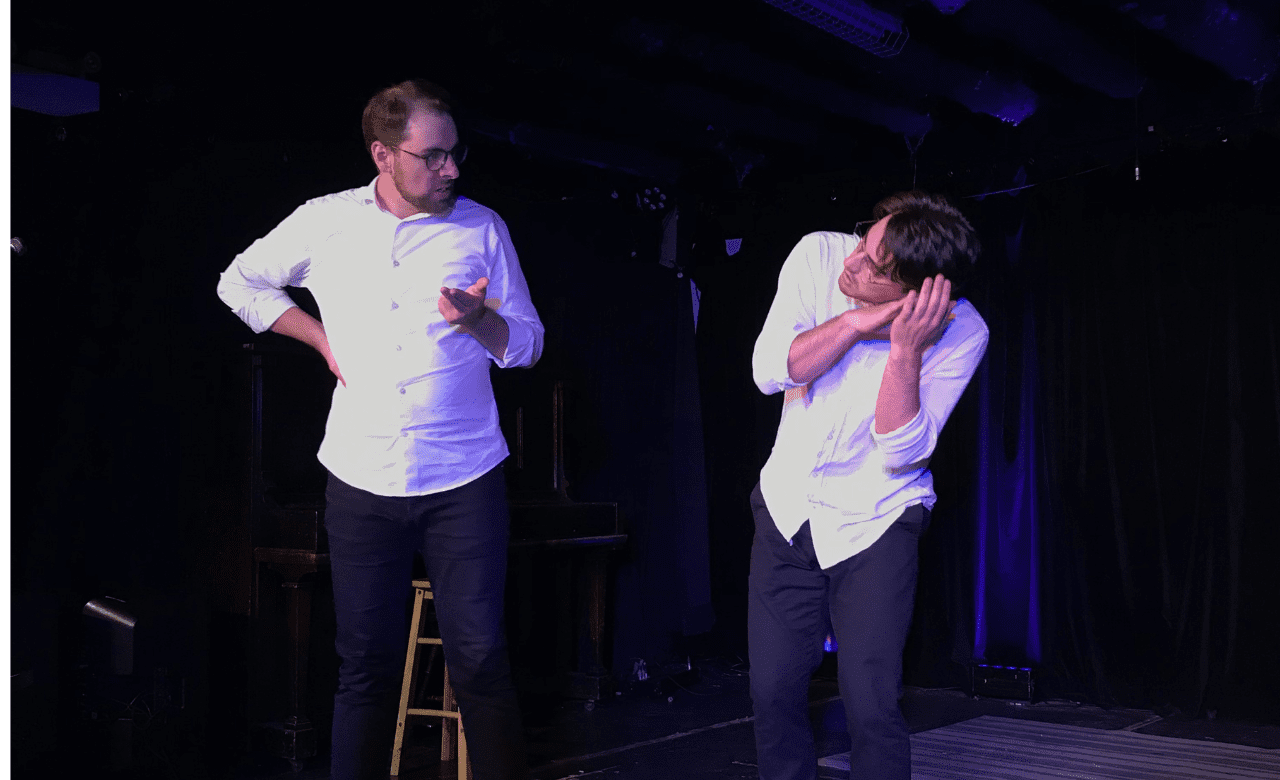Over the last year, I’ve embarked on a unique journey that has shaped my approach to public opinion research at Environics. This journey began with improv classes and recently led me to workshops on clowning. These experiences have introduced new ways of thinking and approaching my research, enhancing my methods in focus groups, one-on-one interviews, and team collaboration.
Clowning: Connecting with your audience
When you hear ‘clown,’ you probably think painted face, red nose and floppy shoes. While this is certainly one type of clown, the art of clowning is also used in performances of well-known actors like Charlie Chaplin (The Tramp), Rowan Atkinson (Mr. Bean), Helena Bonham Carter (Bellatrix Lestrange), and Geoffrey Rush (Captain Barbossa). Clowning workshops teach you to be in the moment and attentive to sentiment. Clowns and comedians are skilled at highlighting everyday absurdities and truths that often go unnoticed. They engage with the world with curiosity and openness, reacting to situations with an unfiltered perspective. This curious openness allows them to connect deeply with their audience, revealing insights that might otherwise remain hidden.
Over time, I came to realize that the skills and sensibilities connected to clowning could enhance and enliven my approach to other areas of life, including the work I do at Environics Research.
Applying Improv and Clowning Principles to Qualitative Research
Improvisation theatre and clowning teach several key lessons that can enhance work in qualitative research:
- Creating an Open Environment: Foster a playful, non-judgmental attitude to ease participants and colleagues into rich, candid discussions.
- Genuine Curiosity: Approach focus groups, interviews, and interactions with an open mind, exploring new angles to uncover deeper insights.
- Enhanced Observational Skills: Notice small details and subtle cues for a nuanced understanding of behaviours and attitudes.
- Flexibility: Like clowns adapting to their audience, stay flexible and ready to change direction as moods and circumstances shift.
- Active Listening and Reacting: Practice keen listening and observe reactions to ensure thoughtful responses, effective follow-up, and accurate rephrasing.
- “Yes, And” Mindset: Embrace the improv principle of “yes, and” to build on ideas, fostering collaboration and constructive exchange.
Prepared Yet Open
What about the substance of the research? It’s one thing to improvise a silly scene about a magic potion that turns you into a smoking rabbit or about a bodybuilder who loves butterflies. But as public opinion researchers, we often help our clients explore serious issues – from public policy questions to business challenges. We need to be well-prepared and informed about our topics, and we need to approach each subject with the sensitivity and seriousness it requires. But clowning teaches us to balance our understanding of the world with a curious and observational approach, allowing us to gather deep insights while staying open to new perspectives and unexpected discoveries and connections.
The Clowning Edge
There’s an element of performance in moderating focus groups or interviews. Effective engagement and guidance are key, and moderators sometimes mirror or exaggerate what we hear to draw out participants’ perspective more deeply. Like clowns, we can use a flexible game plan to help us adapt to the conversation flow in engaging, productive ways.
Blending the playful curiosity of clowning with the semi-structured techniques of qualitative research allows us to uncover profound insights that yield meaningful recommendations, helping clients drive change. Observing with a curious, open state of mind helps us see the world with fresh eyes, shedding light on the obvious (but sometimes hidden-in-plain-sight) truths that shape our society.
If you’re intrigued, I encourage you to try an improv class or workshop in your area. Many organizations also offer workplace workshops in applied improv, which can be particularly beneficial for professional development. It’s less scary than it can seem, and embracing vulnerability can unlock a world of insights and connections.




